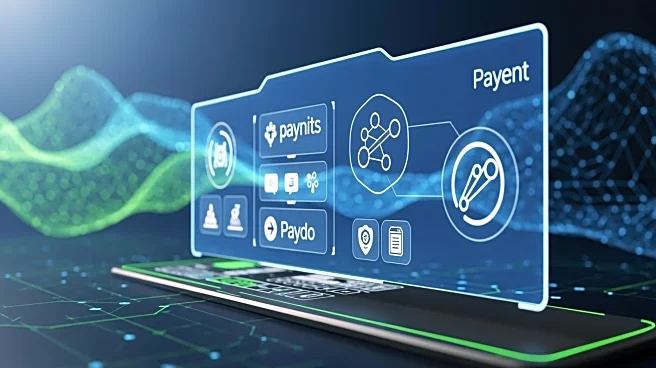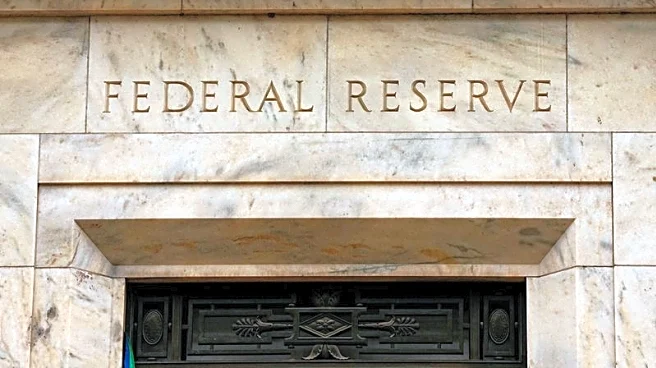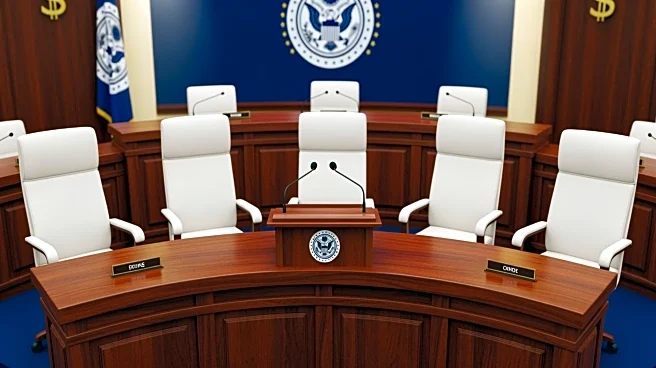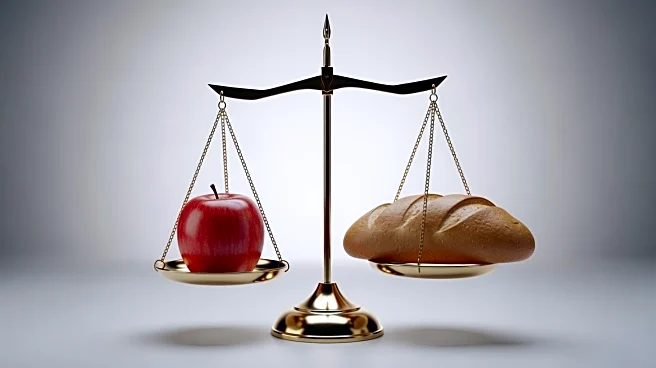What's Happening?
Federal Reserve Governor Waller has proposed the introduction of 'payment accounts' as a new framework to enhance access to Federal Reserve payment systems. These accounts are designed to provide a streamlined,
low-risk alternative to the traditional master accounts, specifically for legally eligible institutions. The proposal aims to facilitate direct access to Federal Reserve payment rails, such as Fedwire and FedNow, while imposing certain limitations to manage risk. This initiative is part of a broader effort to promote competition, innovation, and inclusion in the payments system, reducing reliance on correspondent banks. The proposal does not require an act of Congress and can be implemented through the Federal Reserve's existing rulemaking authority.
Why It's Important?
The introduction of payment accounts could significantly impact the U.S. financial landscape by lowering barriers for payment institutions to access Federal Reserve systems. This move is expected to foster innovation and competition within the payments industry, potentially benefiting fintech companies and other non-traditional financial entities. By providing a more accessible entry point, the Federal Reserve aims to accelerate the deployment of new payment technologies, including those leveraging distributed ledger technology. This could lead to a more dynamic and inclusive financial ecosystem, offering consumers and businesses more options and potentially reducing costs associated with payment processing.
What's Next?
The Federal Reserve is expected to provide further details on the implementation of payment accounts. Stakeholders, including firms considering applications for bank charters or master accounts, should closely monitor the Federal Reserve's forthcoming deliberations. The proposal signals a shift towards greater engagement with the private sector on payments innovation, potentially easing structural barriers that have historically limited access to Federal Reserve infrastructure.












